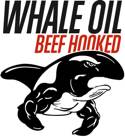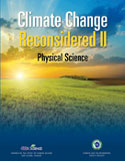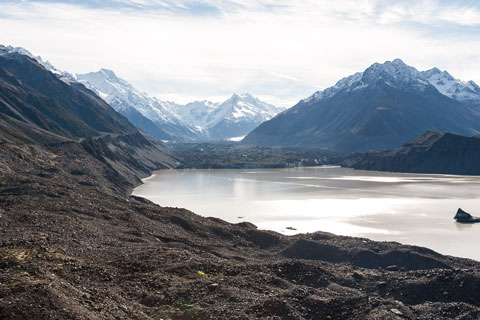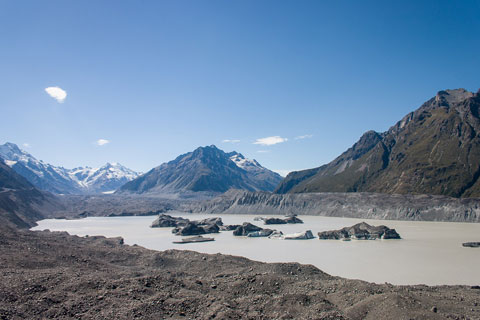 New Zealand’s highest traffic blog is Cameron Slater’s Whale Oil Beef Hooked (try saying it in an Irish accent) — an aggressive right-wing sensationalist blog not noted for its delicate approach to current affairs. Unsurprisingly, Slater is an outspoken climate pseudoskeptic, with a long history of posts rubbishing climate science and the reality of climate change. This morning’s effort — The Cognitive Dissonance Of The Media On Climate Change — is pretty much par for Slater’s course, but riffs on an interesting new paper about the potential for serious additional ice loss from Antarctica which has been getting quite a bit of local media coverage (Stuff, RNZ News).
New Zealand’s highest traffic blog is Cameron Slater’s Whale Oil Beef Hooked (try saying it in an Irish accent) — an aggressive right-wing sensationalist blog not noted for its delicate approach to current affairs. Unsurprisingly, Slater is an outspoken climate pseudoskeptic, with a long history of posts rubbishing climate science and the reality of climate change. This morning’s effort — The Cognitive Dissonance Of The Media On Climate Change — is pretty much par for Slater’s course, but riffs on an interesting new paper about the potential for serious additional ice loss from Antarctica which has been getting quite a bit of local media coverage (Stuff, RNZ News).
Slater’s complaint is straightforward enough: he relies on Monckton’s latest temperature trend cherry pick at µWatts and Climate Depot to demonstrate that there’s “no global warming for the last 17 years and 9 months”, shows a graph of the current increase in Antarctic sea ice, and then complains that because the NZ media has given prominence to a new study by Matthias Mengel and Anders Levermann at the Potsdam Institute1 that finds that a large chunk of the East Antarctic ice sheet could be vulnerable if warming continues, then the media must be biased. As he puts it:
These scaremongering scenarios really do show the cognitive dissonance of the mainstream media and their inability to look dispassionately at the evidence before us, instead they push political lines. All of their stories have “could”, “should”, “might” and “maybe” qualifiers.
Unfortunately, Slater’s the one with the cognitive dissonance. His “dispassionate” look at the evidence is anything but, and his aggressive rejection of the new ice sheet evidence — “This report doesn’t sound plausible at all, it sounds like horse crap to me” — appears to be based entirely on his own lack of understanding of ice sheet dynamics. Continue reading “Whale meat again – Slater’s climate pseudoskeptic siren songs”
- M. Mengel, A. Levermann. Ice plug prevents irreversible discharge from East Antarctica. Nature Climate Change, 2014; DOI: 10.1038/NCLIMATE2226 [↩]

 Over the weeks since the release of the first section of the IPCC’s Fifth Report, the Heartland Institute — the Chicago-based extreme right wing and free-market propaganda outfit that has done
Over the weeks since the release of the first section of the IPCC’s Fifth Report, the Heartland Institute — the Chicago-based extreme right wing and free-market propaganda outfit that has done 

 Geoff Simmons and Gareth Morgan, with help from John McCrystal, have produced a book which one hopes will be read by many New Zealanders.
Geoff Simmons and Gareth Morgan, with help from John McCrystal, have produced a book which one hopes will be read by many New Zealanders.